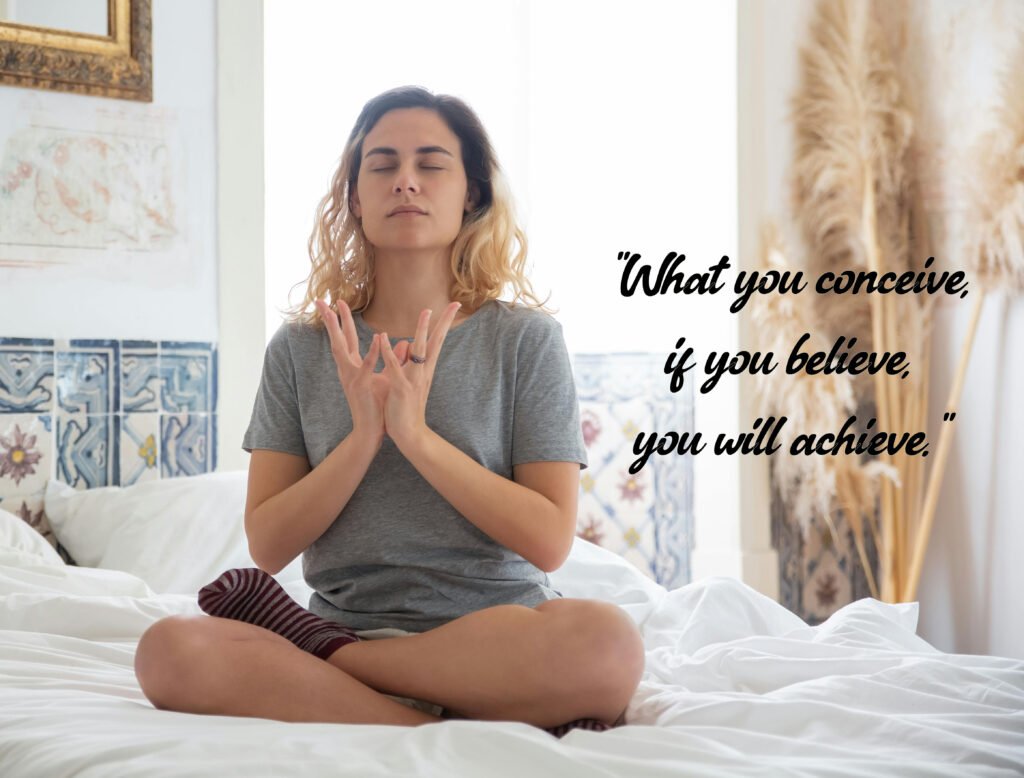
In today’s connected world, unplugging can feel difficult, even when you know it’s necessary for your well-being. Whether it’s work emails, social media, or constant notifications, screen time often takes over more of your day than you’d like. The challenge isn’t just stepping away—it’s doing it without feeling guilty.
Digital self-care is about finding balance, creating boundaries, and making space for offline moments that recharge you. It’s not about giving up technology but using it more mindfully. Here are practical tips to help you unplug, reconnect with yourself, and enjoy guilt-free downtime.
Redefining Productivity Without Screens
Productivity isn’t just about how much you accomplish on a screen. It’s also about personal growth, rest, and meaningful activities. Redefine what productivity means to you beyond emails, tasks, or social media engagement. Reading a book, cooking a meal from scratch, organizing a space, or even sitting quietly to reflect are valuable uses of your time.
When you view productivity as more than digital achievements, unplugging feels less like a break from work and more like an essential part of living well. Shifting your mindset helps you appreciate offline activities without feeling unproductive.
Creating Digital Boundaries That Stick
Setting digital boundaries helps you manage screen time without feeling overwhelmed. Start small by defining specific times to unplug, like during meals or the hour before bed. Turn off non-essential notifications to reduce distractions. Use features like “Do Not Disturb” during focused work or rest periods. Consider setting app limits to help manage time spent on social media.
Communicate your boundaries with friends, family, or coworkers, so they understand your availability. The key is consistency—regularly practicing these habits makes them easier to maintain. Over time, these boundaries help you feel more in control of your digital life.
Mindful Mornings Without the Scroll
How you start your morning sets the tone for your day. Instead of reaching for your phone first thing, create a mindful morning routine that doesn’t involve screens. Begin with simple activities like stretching, drinking water, journaling, or enjoying a quiet cup of coffee. Spend a few minutes focusing on your breath or setting intentions for the day.
This helps you feel grounded before diving into emails or social media. Keeping your phone in another room overnight can make it easier to resist the urge to scroll. Starting your day with presence, not notifications, reduces stress and improves focus.
The Art of Intentional Downtime
Downtime doesn’t have to mean mindlessly scrolling through your phone. Intentional downtime is about choosing activities that truly help you relax and recharge. This could be reading, taking a walk, listening to music, or practicing a hobby. The key is to be present in whatever you’re doing, rather than using screens as a default. Schedule downtime into your day just like any other important task. Giving yourself permission to rest without distractions helps you feel more refreshed. When you approach downtime with intention, it becomes a valuable part of your routine, not just a break between screen sessions.
Managing the Fear of Missing Out (FOMO)
FOMO, or the fear of missing out, often makes it hard to unplug. Social media creates the illusion that everyone is doing something exciting, and you’re not. To manage FOMO, shift your focus from what you’re missing to what you’re gaining—peace, clarity, and presence. Remind yourself that what you see online is curated, not the whole picture.
Take breaks from social media to reconnect with your own experiences without comparison. Practice gratitude for your current moment, whether it’s enjoying a quiet evening or spending time with loved ones. When you value your offline life, FOMO loses its grip.
Designing Tech-Free Zones at Home
Creating tech-free zones helps you unplug without feeling like you’re missing out. Designate specific areas in your home—like the dining table, bedroom, or a cozy reading corner—as screen-free spaces. These zones encourage more meaningful activities, like conversation, relaxation, or hobbies. Keep chargers and devices out of these areas to reduce temptation. Instead, fill the space with books, plants, candles, or anything that invites calm and focus.
Having tech-free zones not only helps you disconnect but also creates boundaries that support better mental health. It’s a simple way to enjoy screen-free time without making it feel restrictive.
The Role of Analog Hobbies in Digital Balance
Analog hobbies are activities that don’t involve screens, and they play a big role in maintaining digital balance. A few ideas could be: Premium Soy Candle Making Kit, or maybe take the time to learn Crochet Kit for Beginners
Or try engaging in hobbies like reading, painting, knitting, gardening, or writing helps you unwind while stimulating creativity. If you are going to write? Do it on paper and use your favorite color ink to do so. These activities provide a tactile, hands-on experience that screens can’t replicate.
They also allow you to be fully present, focusing on the process rather than the outcome. Incorporating analog hobbies into your routine makes unplugging feel natural, not like a chore. When you have fulfilling offline activities, it’s easier to step away from devices and enjoy moments of genuine relaxation.
Checking In With Yourself, Not Just Your Devices
It’s easy to check your phone dozens of times a day, but how often do you check in with yourself? Regular self-reflection helps you stay connected to your feelings and needs. Take a few moments daily to ask yourself simple questions: How am I feeling? What do I need right now? Am I using my phone as a distraction?
Journaling, mindfulness practices, or quiet reflection can help you process emotions without the constant input from screens. This practice builds self-awareness, making it easier to recognize when it’s time to unplug. Prioritizing your well-being over notifications is the ultimate form of self-care.




